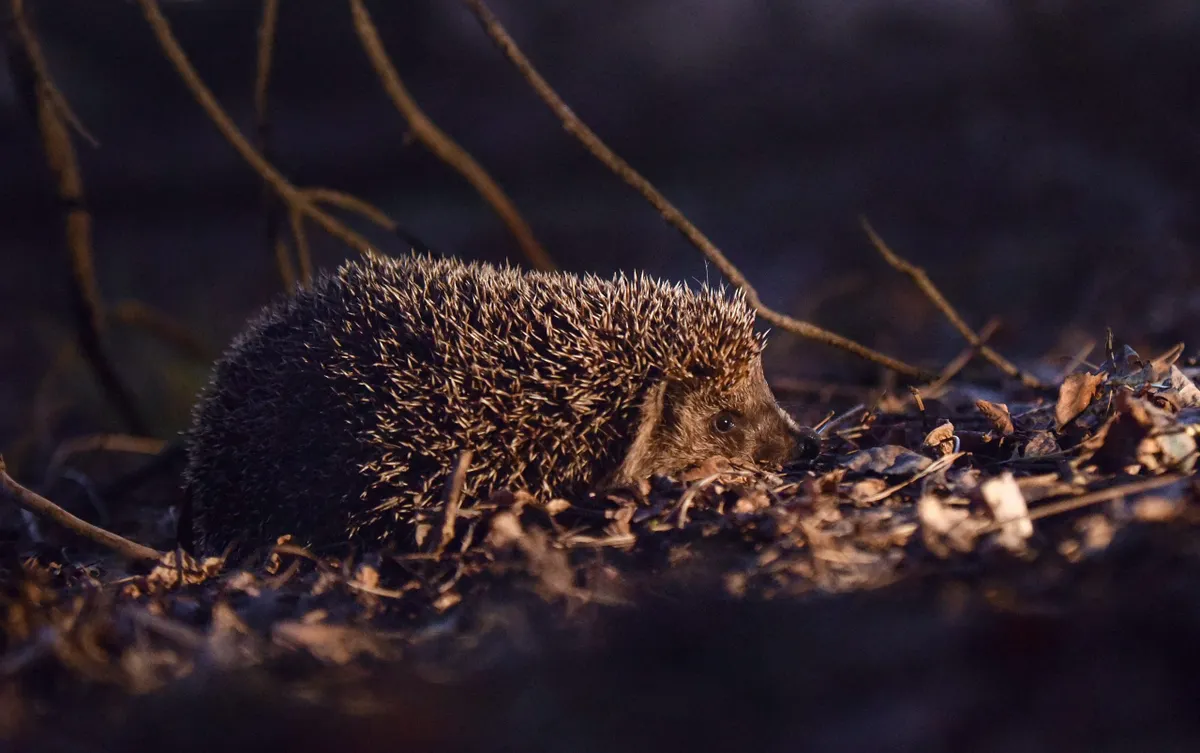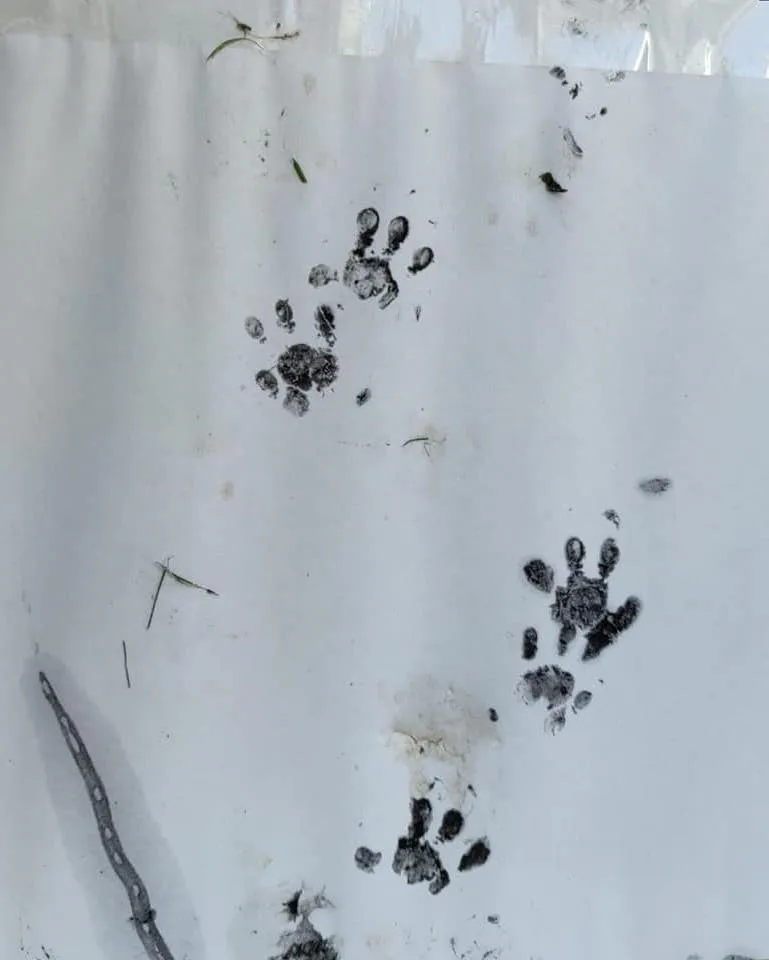Footprint tunnels are a really handy, and easy, way to discover which small animals are visiting your garden that you might not otherwise see – whether they are coming to your garden overnight whilst you're sleeping, or visiting when you're not watching.
Footprint tunnel kits can be bought, but they can also be made from scratch at home with just a few bits of material and equipment. Please note that some sharp tools are used, so adult supervision is advised.
What is a footprint tunnel?
A footprint tunnel is small piece of equipment used to capture the footprints of small animals, particularly hedgehogs.

Bait (wet cat or dog food, or specific hedgehog food) is used to lure the animal to centre of the tunnel. To get to the bait, the animal must walk over an ‘ink pad’ (using ink that is safe for animals, and which wears off), and their inky footprints are transferred onto paper.
The paper can then be removed, and the footprints can be measured and analysed to identify which species of animals have visited the tunnel.
What is the ink made from?
The ‘ink’ is made from carbon powder and vegetable oil, and is non-toxic to animals. Carbon powder can be bought online. All-natural or food grade activated charcoal powder should be used.
Avoid using paint, food colouring or ink pads as, although they may be safe for humans to use, there isn't a guarantee that their ingredients will be safe for other animals.
Footprint tracking ink can be bought online, if you don't wish to make your own ink.
Can the footprint tunnel be reused?
Footprint tunnels can be reused multiple times, although parts of it may need to be replaced. It's a good idea to replace uneaten bait every couple of days at a minimum, to prevent it going bad, and to clean out the bait tray.
If you are using cardboard, it may get damaged by rain, dew or frost, or by large animals (such as cats, badgers or foxes) trying to get at the bait.
If you are finding that you're not recording any footprints, don't despair. Try relocating your tunnel to other parts of the garden.
How to identify animal footprints
If you are successful in getting footprints in your tunnel, the next step is to work out what they belong to! The shape and size will help you identify them.
Photograph the prints next to a ruler, measuring both length and width.

There are a variety of online resources for identifying animal prints, including RSPB, Wildlife Trust and Hedgehog Street.
More step-by-step guides for catching and identifying wildlife
Illustrations by Alan Batley.